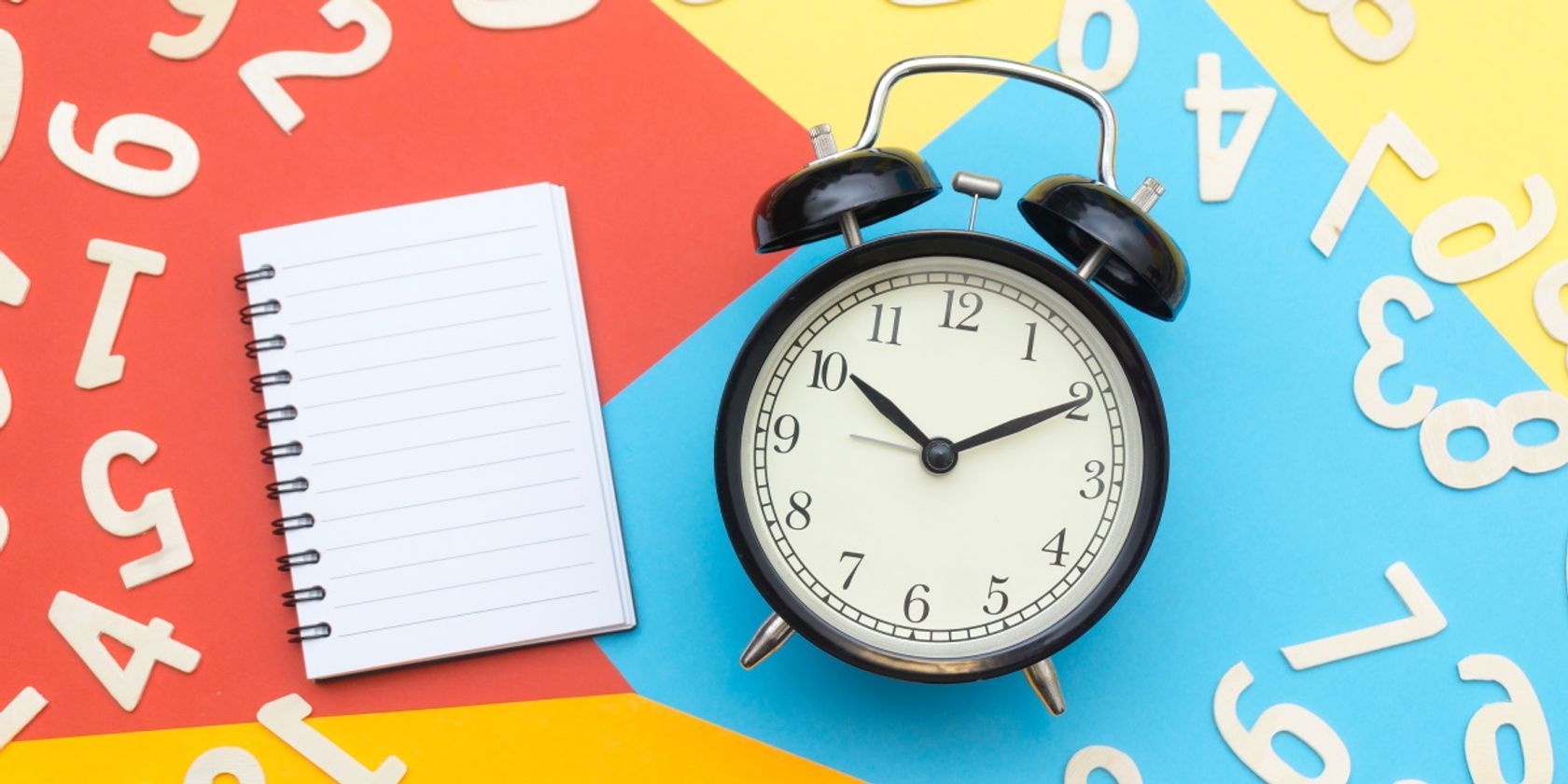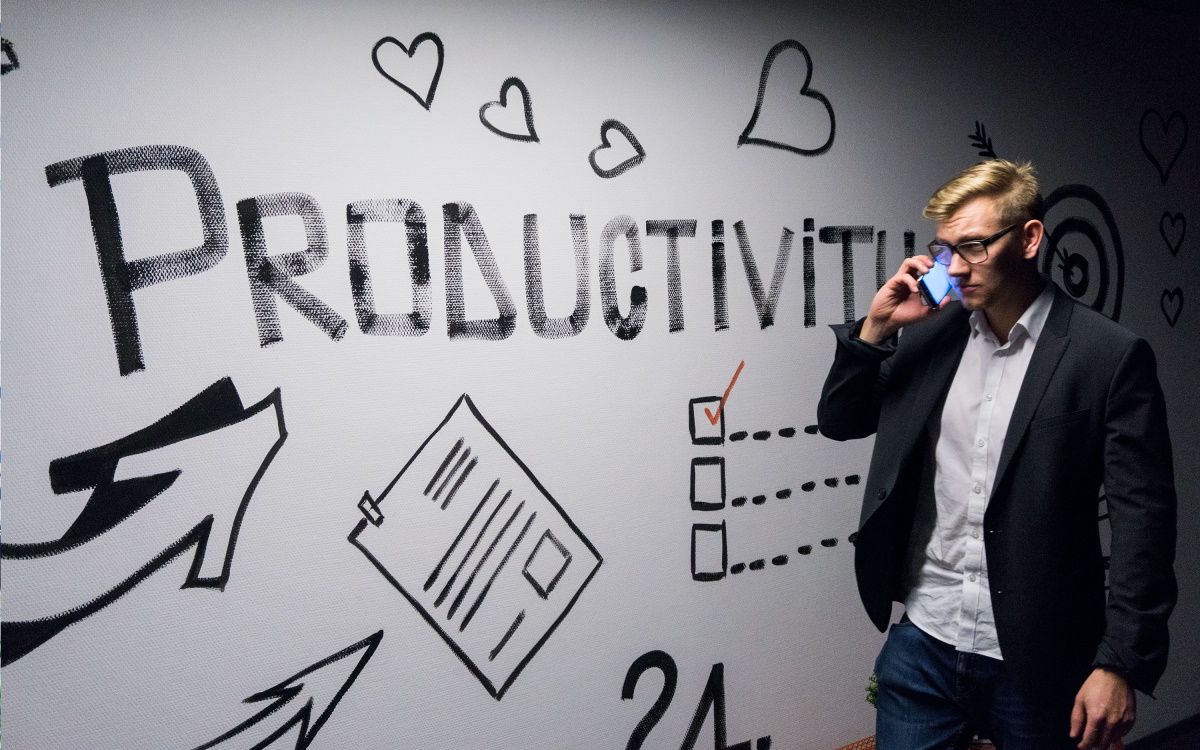Your morning routine significantly impacts the rest of your day. You can put your productivity on autopilot by creating an effective morning routine.
We all want to be more productive at work, but that doesn't happen by accident. You have to plan it. It is a great idea to invest in a morning ritual, as it will help set the tone for the rest of the day.
However, there is no one-size-fits-all routine since everyone is different. In this article, we'll help you create the best morning routine for you by using the structure we've created.
What Is a Morning Routine, and Why Is It Important?
Morning routine refers to a series of activities and behaviors you perform in sequence every day. With enough repetition, the tasks become habits, allowing you to accomplish the routine without conscious effort, and improving your productivity in the process.
Think of all the automatic tasks you perform without thinking, such as driving a car, riding a bicycle, or looking both ways before crossing the street. The pattern of repeating these behaviors has now become automatic in your life.
You can use the same principle to design behavior patterns and create rituals that will help you be more energized, focused, and productive throughout the day. Furthermore, this ritual can help you create a clear structure for your day, reduce stress by following a plan, accomplish your goals quicker, and have more free time.
Having established how valuable a morning routine can be, here is how you can create one that works for you:
1. Assess Current Habits

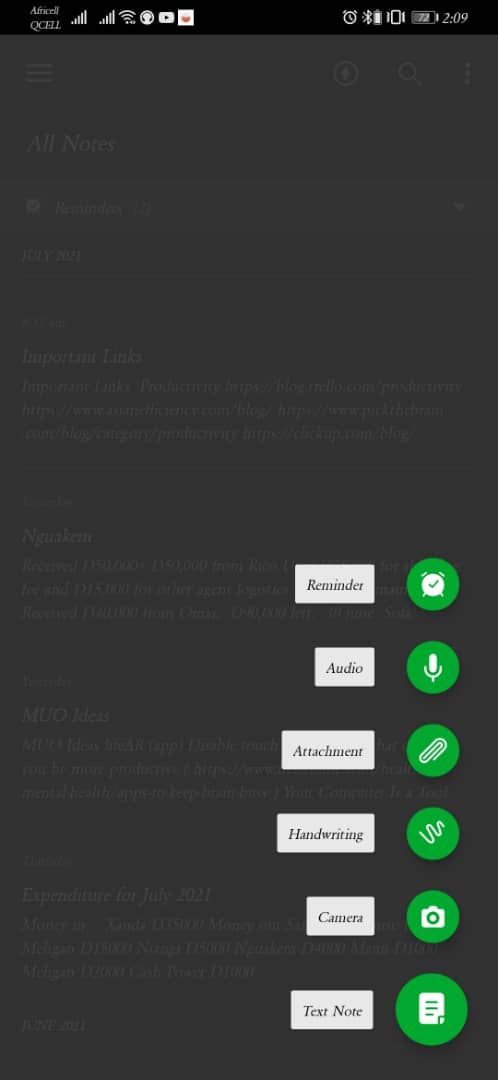
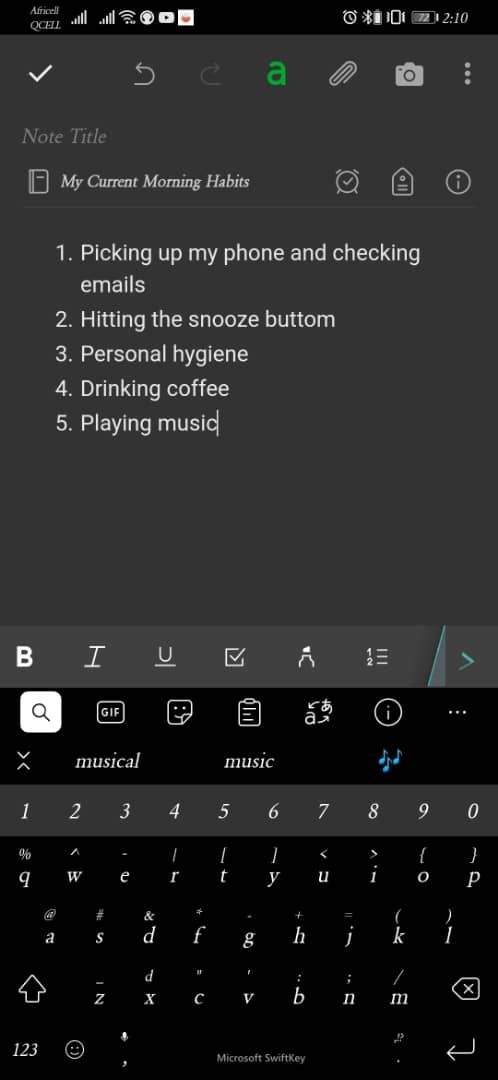
The reality is that you already have a morning routine. However, it might not help you achieve your goals, and you should create a new routine or, more accurately, replace it with one that will.
For this to happen, you will need to evaluate your current morning habits. You will need to put some time and effort into this exercise since you probably do many of these things automatically. Write down your habits in a book or use a note-taking app like Evernote so that you can easily access them from anywhere and at any time.
Identify what your current habits are. For example, if you wake up in the morning and the first thing you do is snooze, or eat a large bowl of cereal, then ask yourself, "Does this habit help me to be productive?".
Download: Evernote for Android | iOS (free, in-app purchases available)
2. Create a Personalized Not-to-Do List
After creating and evaluating your list of current habits, the next step will be to identify the bad/ineffective ones from the lot and crafting a not-to-do list. You can create a New Note in Evernote titled, "Not-to-do list of habits."
This list consists of bad habits, distractions, low-value tasks that keep you busy yet unproductive. It can be anything from forgetting to drink water, scrolling through your social media feed, to leaving your bed unmade. Your time and energy are finite resources, and so identifying and ridding yourself of these habits will create room for more productive tasks.
3. Establish Your Ideal Daily Routine
As earlier hinted, one of the main problems with many "best morning routines" is that they are created with the idea that they can work for all. That's only true to a varying extent, depending on each individual. That's why the most effective and easy-to-follow routine is the one that aligns with your goals, personality, and challenges.
There's an effective morning ritual for you out there; you only have to find or create it.
I. Consider Your Chronotype
Knowing your chronotype will help you to create a tailor-made morning routine that will skyrocket your productivity. Your chronotype is the internal clock that naturally determines when you fall asleep and your peak productivity hours.
For instance, some people find it easier to wake up before dawn and handle their most complex tasks in the morning, while others are more productive in the evening. Your morning routine will be most effective if it works with your sleep cycle, not against it.
II. Choose Substitutes for Your Ineffective/Bad Habits
Here's where you will start using your not-to-do list.
You probably never thought about why you have some specific habits, but they are there for a reason; they provide you with some benefits. Yes! Even the bad ones.
If you scroll through your Facebook profile first thing in the morning, you are likely doing so because it helps you feel connected or overcome the fear of missing out.
For this reason, trying to eliminate bad habits can be a tough challenge. Replacing them with healthier habits that provide similar benefits is a more practical approach.
For example, you can substitute scrolling through social media in the morning with meditation or journaling to deal with the "fear of missing out" and stay connected with yourself.
III. Focus on Baby Steps for Significant Changes

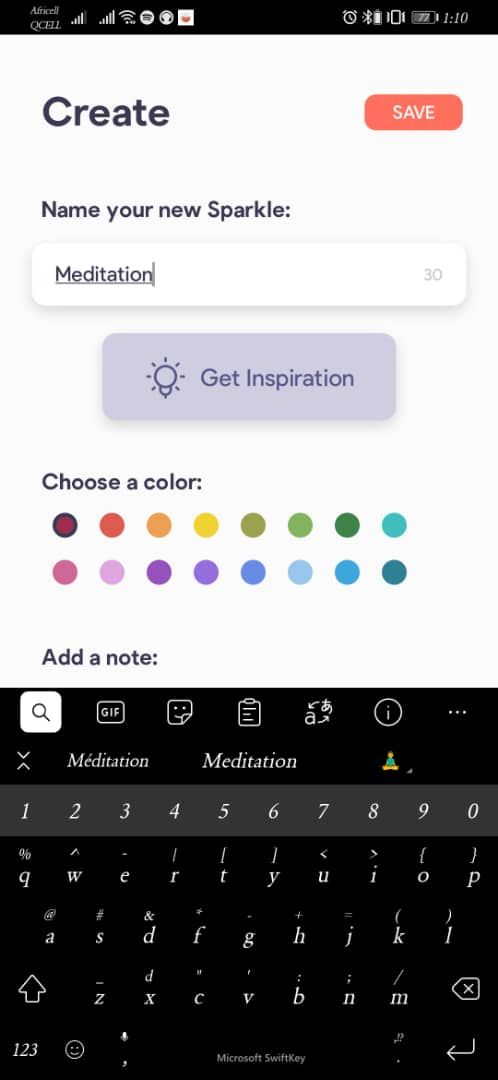

Don't be tempted to try to replace all the habits on your not-to-do list at once. You might get overwhelmed and give up in no time. Take baby steps; focus on one or two habits at a time. Taking this approach over a long, sustained period will lead to significant and lasting changes.
You can use a habit tracking app like Sparkle to make it easier. It can help you to learn how to build new habits. You can use it to focus on a habit, keep yourself accountable, track your progress, set reminders, etc.
Note that creating the most effective morning ritual for you is a trial-and-error process. Once you have come up with your first routine, test drive it for a month and tweak what does not work for you.
Download: Sparkle for Android| iOS (free, in-app purchases available)
IV. Add New Habits Once You Have Nailed Your Routine
Once your routine has become automatic, you can add more habits to make it more robust. Add productive morning habits like exercising, drinking water, meditation, doing your most complex task of the day, etc.
Build a Morning Routine That Works for You
The best way to maximize your productivity during your day is by establishing a morning routine that boosts your efficiency. Make sure you take small, incremental steps.

